Cita con un gif de tu película favorita
16.11.2024 13:49 — 👍 3 🔁 0 💬 0 📌 0Marta
@laxte.bsky.social
Where must we go, we who wander this wasteland, in search of our better selves?
@laxte.bsky.social
Where must we go, we who wander this wasteland, in search of our better selves?
Cita con un gif de tu película favorita
16.11.2024 13:49 — 👍 3 🔁 0 💬 0 📌 0somos un país de imbéciles
16.11.2024 08:34 — 👍 0 🔁 0 💬 0 📌 0
me acting like i'm not going to buy a bunch of games during black friday sales
16.11.2024 02:04 — 👍 305 🔁 32 💬 11 📌 4Me encantan los que ahora dicen que aquello siempre ha sido así… Supongo que su concepto de “siempre” no abarca más allá de dos años
14.11.2024 20:55 — 👍 3 🔁 0 💬 0 📌 0
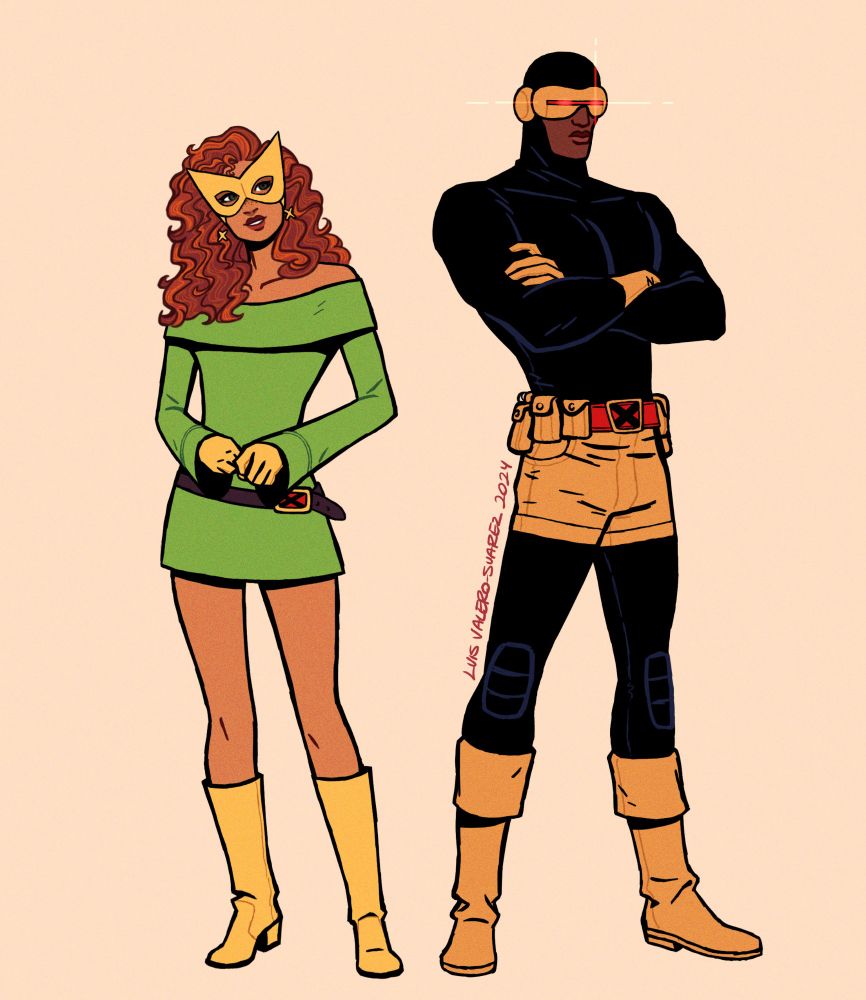
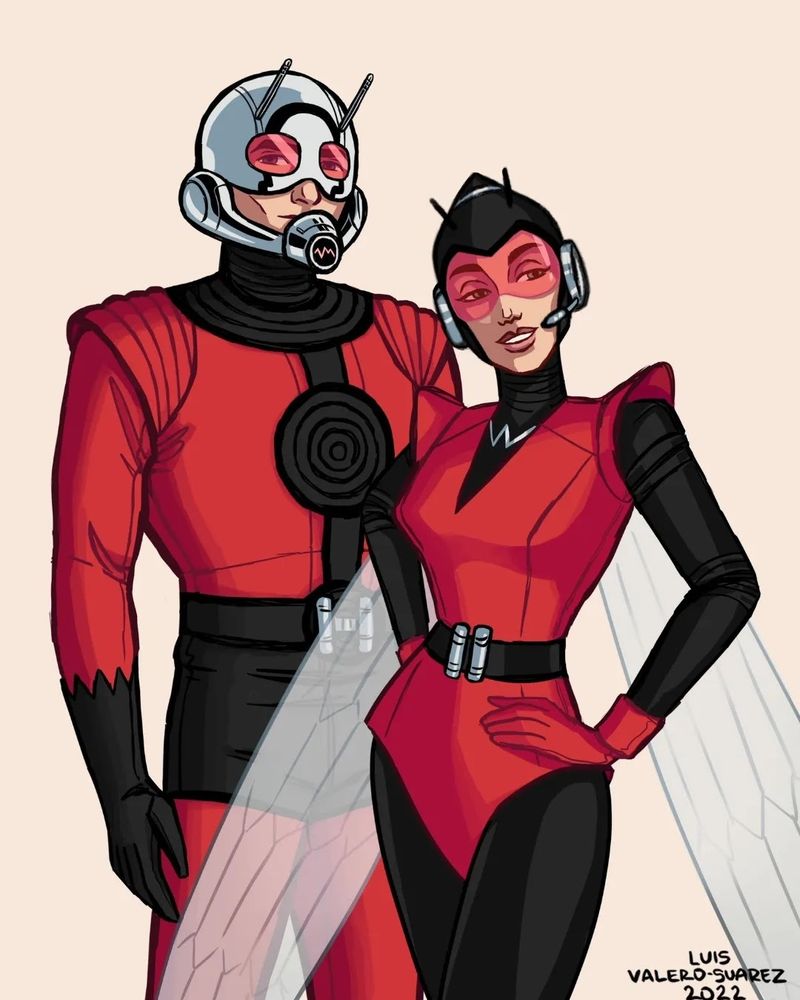
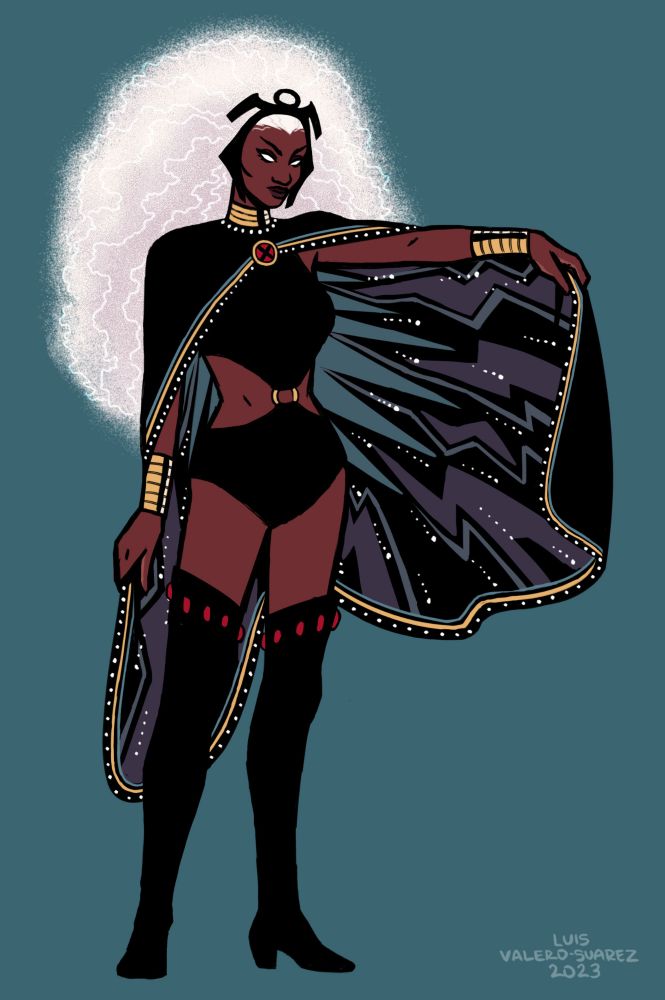
Hey, my name is Luis. I'm an illustrator and character designer. I like to post my retro takes on my favorite comic book characters.
14.11.2024 05:34 — 👍 337 🔁 102 💬 14 📌 8A la primera partida en el Jamboree ya quería tirar el mando por la ventana… 😂
14.11.2024 20:43 — 👍 0 🔁 0 💬 0 📌 0Literal que los dichosos Mario Party me suben la tensión
14.11.2024 20:42 — 👍 0 🔁 0 💬 1 📌 0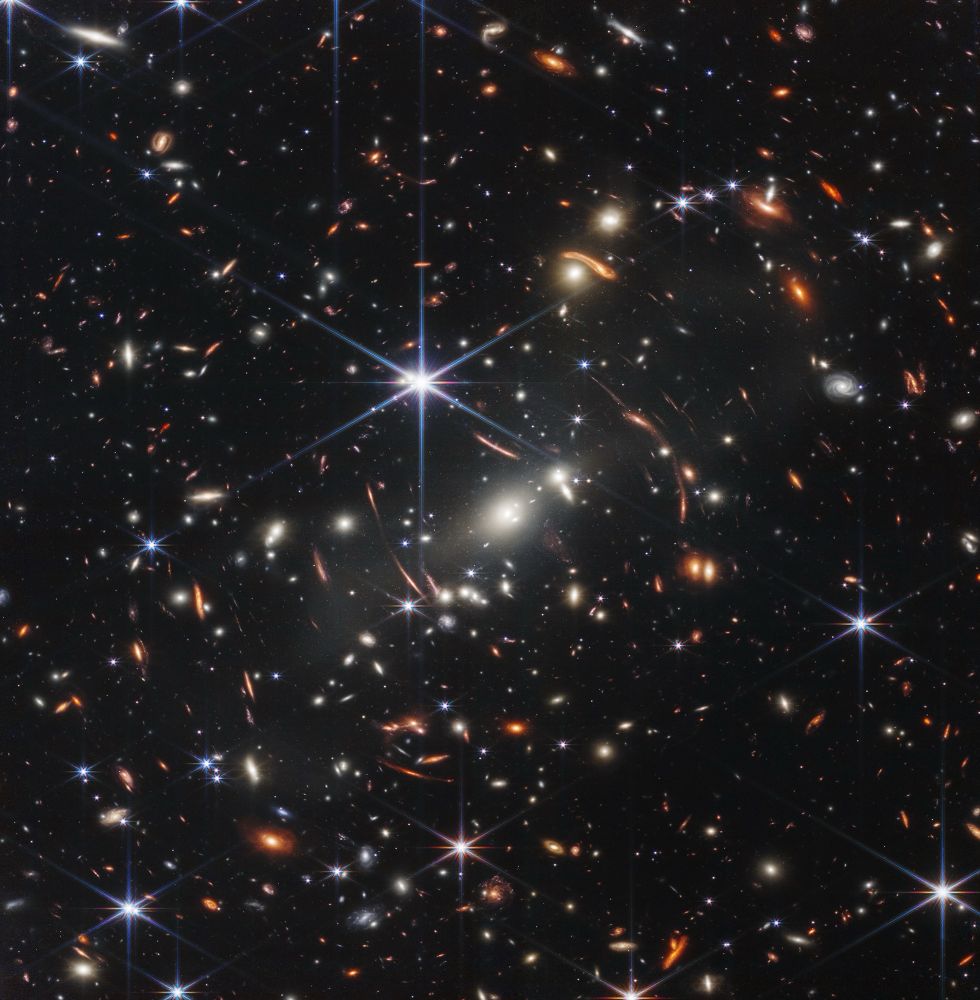
The background of space is black. Thousands of galaxies appear all across the view. Their shapes and colors vary. Some are various shades of orange, others are white. Most stars appear blue, and are sometimes as large as more distant galaxies that appear next to them. A very bright star is just above and left of center. It has eight bright blue, long diffraction spikes. Between 4 o’clock and 6 o’clock in its spikes are several very bright galaxies. A group of three are in the middle, and two are closer to 4 o’clock. These galaxies are part of the galaxy cluster SMACS 0723, and they are warping the appearances of galaxies seen around them. Long orange arcs appear at left and right toward the center.
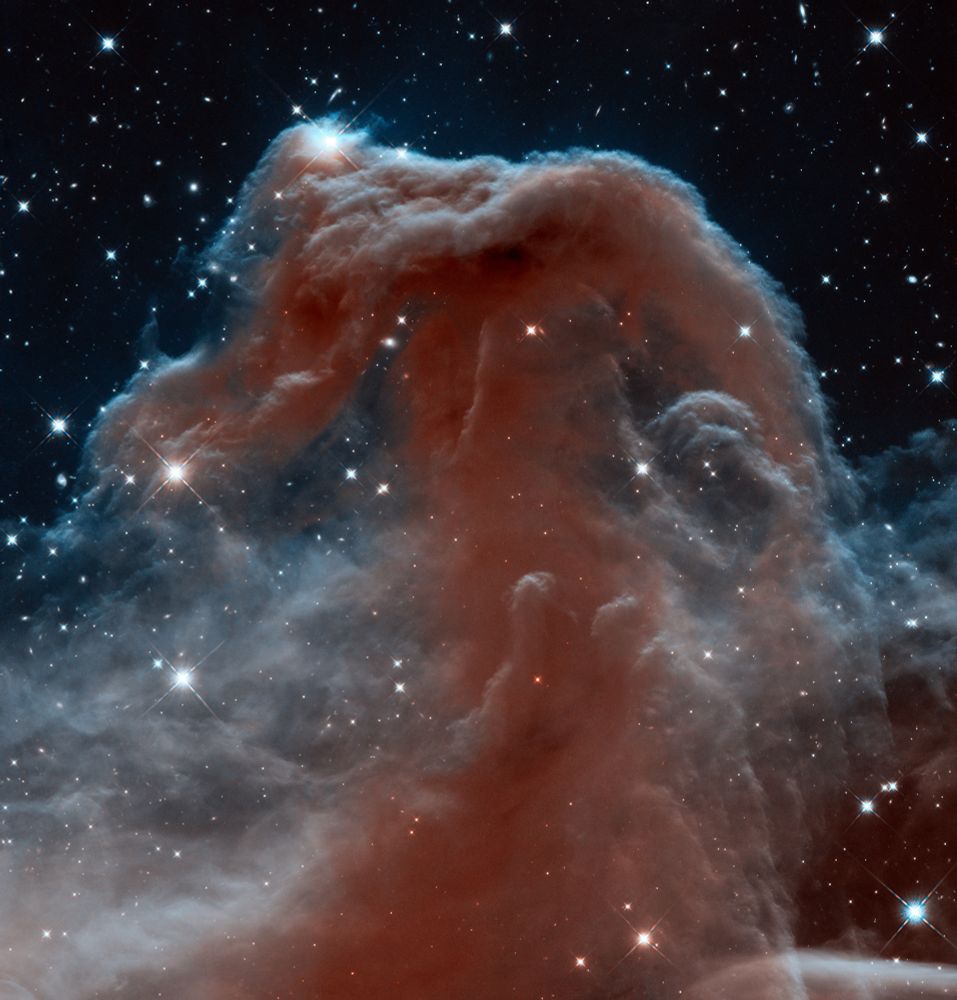
A massive cloud of gas and dust is seen in dark, dusty red, with its outer portions a translucent, ethereal gray. Several stars and distant galaxies are scattered throughout the image.
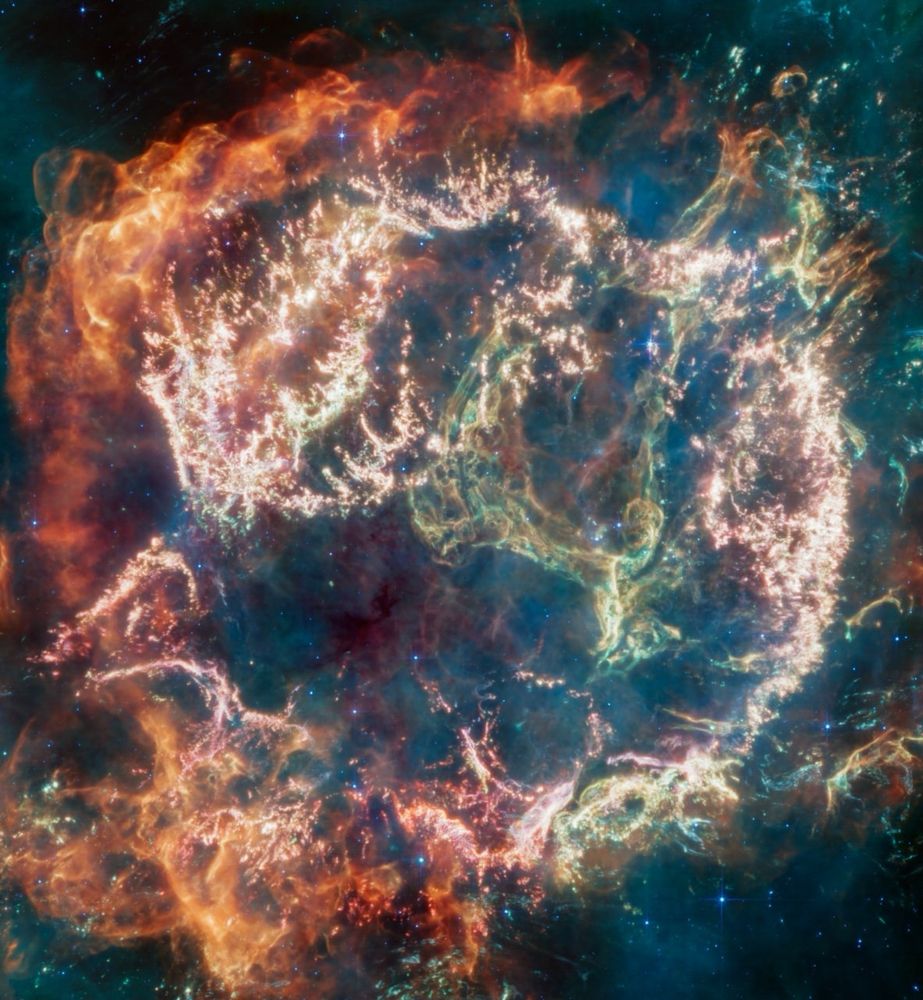
A circular-shaped nebula with a complex structure. On the circle’s exterior, particularly on the left side of the image, are curtains of material glowing orange like fire. Interior to this outer shell is a ring of mottled filaments in bright pink, studded with clumps and knots. A greenish loop extends from the upper right of the ring into the central cavity. Translucent wisps of blue, green, and red appear throughout the image.
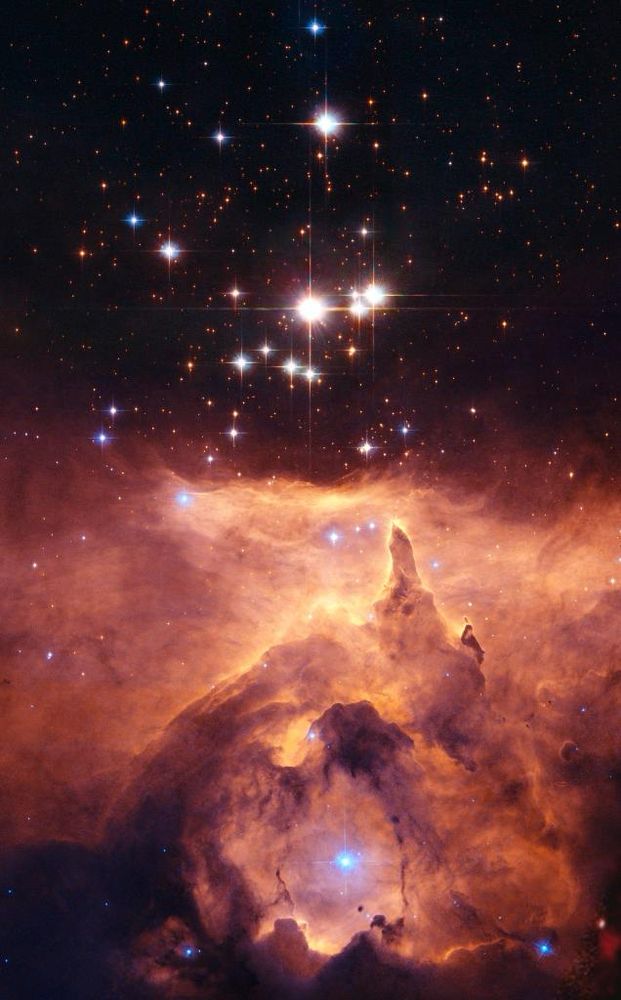
The star cluster Pismis 24 lies within the much larger emission nebula called NGC 6357, located about 8,000 light-years from Earth. The cluster is seen here above a small portion of the nebula. The gas below the stars glows through ionization caused by intense ultraviolet radiation from the massive young stars within the cluster. The strong radiation and stellar winds from from these blazing, blue-white stars also pushes the nebular material outward, creating one of many low-density bubbles within NGC 6357.
once again thinking about the fact that this is all just OUT THERE and we can only see it through the eyes of telescopes
13.11.2024 18:45 — 👍 46129 🔁 3463 💬 479 📌 150 13.11.2024 13:23 — 👍 208 🔁 95 💬 1 📌 4
13.11.2024 13:23 — 👍 208 🔁 95 💬 1 📌 4
Introduce yourself with:
One book 📚
One movie 🎥
One album 💿
One TV show 📺
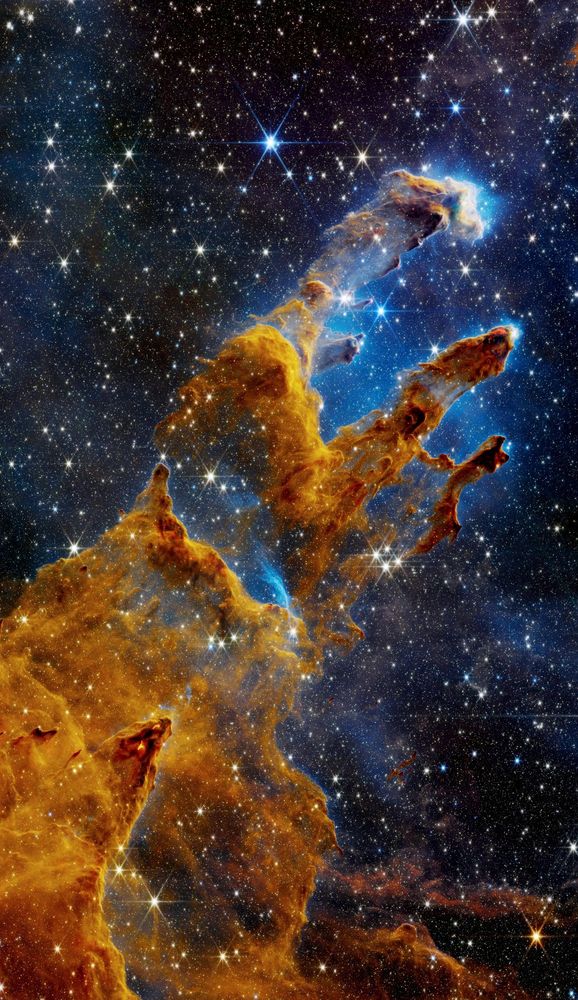
The image showcases the iconic Pillars of Creation in the Eagle Nebula, captured in stunning detail by the James Webb Space Telescope. The towering pillars of gas and dust, sculpted by the intense radiation and winds from nearby stars, appear in a rich tapestry of colors. The image reveals intricate details within the pillars, including newborn stars forming within dense pockets of gas, and jets of material being ejected from these young stars. This image offers a glimpse into the dynamic and awe-inspiring process of star formation, where new stars are born and shape their surroundings.
Pillars of Creation.
Gorgeous as always, this star-forming region lies approximately 7,000 light-years away and spans 4-5 light-years.
Processed by Eric Emmons.
www.astrobin.com/rgzt80/
🔭 🧪

El equipo de Óscar Puente esta semana:
06.11.2024 17:58 — 👍 226 🔁 109 💬 6 📌 5Llevo una semana de pérdida de fe en la humanidad acojonante. Está todo podrido y roto.
06.11.2024 09:22 — 👍 13 🔁 6 💬 4 📌 0